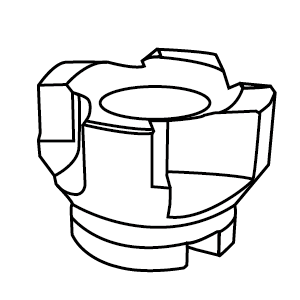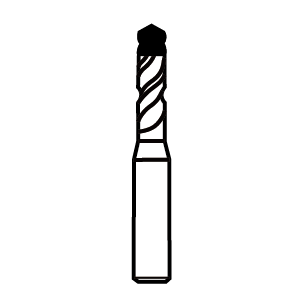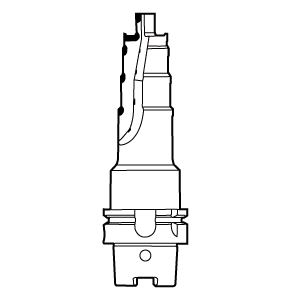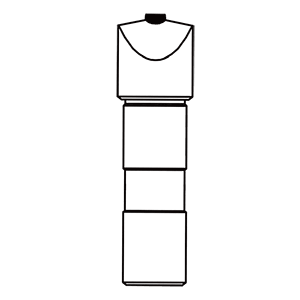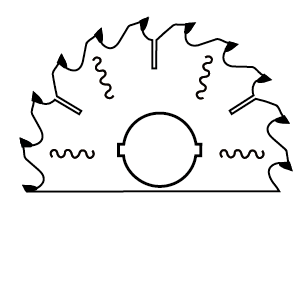Why Aluminum Alloy Processing Deformation Occurs and How to Address It Using a Milling Cutter
Aluminum alloys are pivotal in modern manufacturing due to their strength, lightweight, and corrosion resistance. However, processing these materials can often lead to deformation, affecting the overall quality and functionality of the final product. This article explores the causes of aluminum alloy deformation, strategies for its prevention, and tips for choosing the right milling cutter for effective machining.
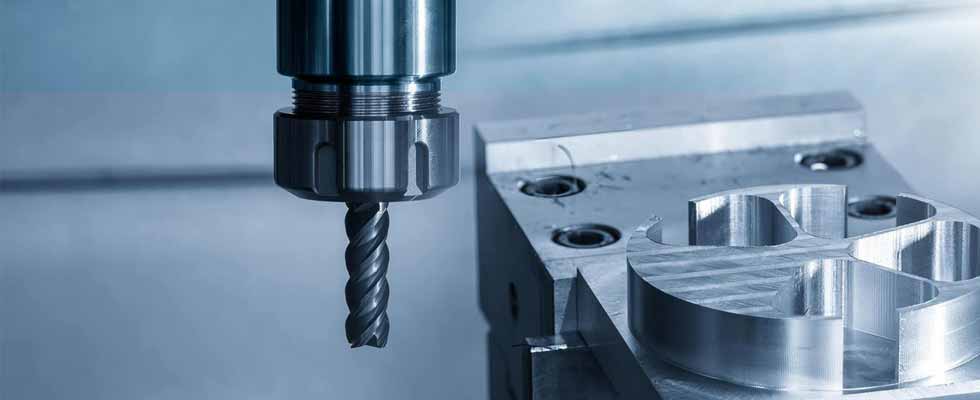
Understanding Aluminum Alloy Deformation
What Causes Deformation?
Deformation during aluminum processing can arise from several factors. The inherent properties of aluminum alloys, such as their high thermal expansion coefficient and relatively low melting point, make them susceptible to changes under heat and mechanical stress. Additionally, improper handling or equipment settings can exacerbate these issues. Deformation can also be caused by the internal stress of the blank, the cutting force during machining, and the heat generated from the cutting process.
Impact of Deformation on Manufacturing
Deformation can lead to significant production challenges, including increased material waste, higher operational costs, and the need for additional finishing processes. It can also compromise the structural integrity and aesthetic qualities of the aluminum parts.
Preventing Deformation in Aluminum Alloy Processing
Pre-Treatment Methods
Implementing pre-treatment techniques such as controlled heating (annealing) or aging can significantly reduce the propensity for deformation. These methods help in relieving internal stresses within the aluminum alloy, making it more stable during subsequent machining.
Technological Advancements
Advancements in CNC technology and adaptive machining also play a crucial role in minimizing deformation. These technologies allow for real-time adjustments during the cutting process, enhancing precision and reducing mechanical stress. Additionally, natural or artificial aging and vibration treatment can be utilized to partially eliminate internal stress of the blank, which further stabilizes the material.
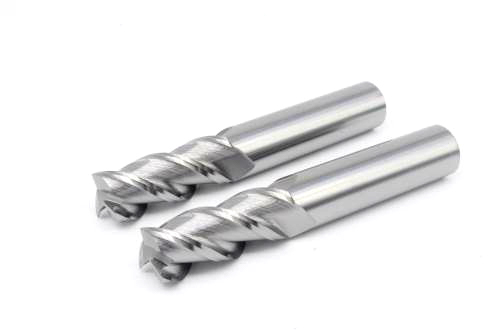
Selecting the Right Aluminum Alloy Milling Cutter
- Factors to Consider
Choosing the right milling cutter is critical for preventing deformation. Factors such as the cutter’s material, geometry, and coating must be tailored to the specific properties of the aluminum alloy being machined.
- Types of Milling Cutters
There are several types of milling cutters suitable for aluminum alloys, including high-speed steel (HSS), carbide, and diamond-tipped cutters. Each type offers different benefits, such as improved durability or enhanced cutting speed.
Detailed Guide to Aluminum Alloy Milling Cutters
- Flute Count
The number of flutes on a milling cutter affects both the finish of the cut and the rate at which material can be removed. Fewer flutes allow for faster chip removal but might not provide as smooth a finish.
- Geometric Considerations
The geometry of the milling cutter, including the helix angle and the cutting edge radius, should be optimized to distribute the cutting force more evenly, thereby reducing the risk of deformation.
Success Stories
Several manufacturing firms have successfully integrated advanced milling techniques and specialized cutters to reduce deformation in aluminum alloy parts. These case studies highlight the importance of tool selection and process optimization.
Material Considerations
Carbide cutters, while more expensive, provide a harder and more wear-resistant option compared to HSS, making them ideal for prolonged machining of aluminum alloys.
Case Studies
The tool’s material and geometric parameters significantly influence the cutting force and heat, thereby affecting deformation. A larger front angle should be selected to grind out a sharp edge and reduce cutting deformation, facilitating smooth chip removal and reducing cutting force and temperature.
Lessons Learned
Common themes among these case studies include the necessity for ongoing equipment maintenance and the benefits of regular training for machine operators.
Best Practices in Milling Aluminum Alloy
Machine Settings
Adjusting the machine settings such as the spindle speed, feed rate, and depth of cut according to the tool’s specifications and the alloy’s properties can significantly influence the outcome of the milling process.
Cutting Speed and Feed Rate
Optimal cutting speed and feed rate are crucial for minimizing heat build-up, which is a common cause of deformation in aluminum machining.
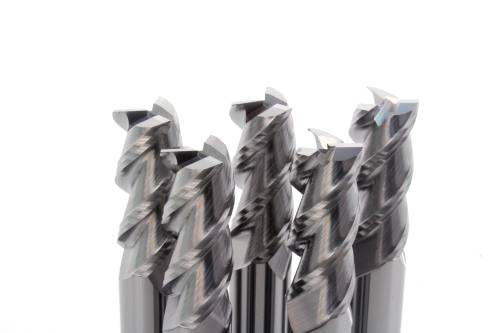
Common Mistakes and How to Avoid Them
Overheating
Ensuring adequate cooling during the machining process can prevent overheating, one of the primary causes of deformation
Inadequate Clamping
Proper clamping ensures that the material is held securely in place during machining, reducing unwanted movements that could lead to deformation.
Innovations in Aluminum Alloy Machining
Latest Tools and Technologies
The introduction of ultrasonic cutting and laser-assisted machining are among the latest innovations helping to overcome the challenges associated with aluminum alloy deformation.
The Future of Aluminum Alloy Machining
Predictions and Upcoming Trends
As the demand for lighter and more durable components increases, the techniques and tools for machining aluminum alloys are expected to evolve, focusing more on precision and sustainability.
Conclusion
Understanding the factors that contribute to aluminum alloy deformation and adopting the appropriate machining practices are crucial for enhancing product quality and operational efficiency. By choosing the right tools and embracing technological advancements, manufacturers can significantly mitigate these challenges.
FAQS
Q:What is the best milling cutter for aluminum?
A:Carbide-tipped cutters are generally considered the best for aluminum due to their durability and performance.
Q:How do you prevent aluminum from warping during machining?
A:Effective strategies include using proper clamping, optimizing cutting parameters, and ensuring adequate cooling.
Q:What are the signs of a dull milling cutter?
A: Signs include increased cutting forces, poor finish, and excessive heat generation
Q:How often should you replace aluminum milling cutters?
A:The frequency depends on the usage and material wear but monitoring cutting performance can help determine the right time.
Q:Can aluminum alloy be recycled after deformation?
A:Yes, aluminum is highly recyclable, and deformed parts can often be melted down and reformed into new products.


